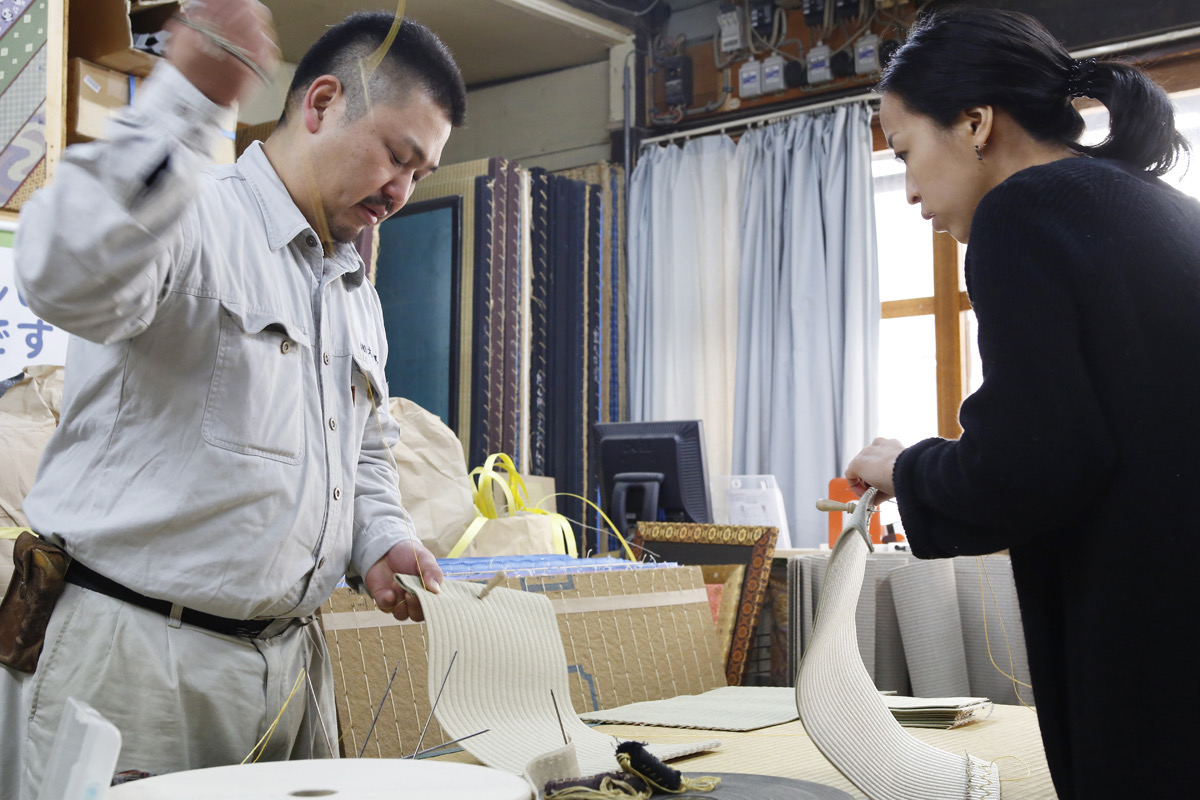
Tatami Floormat
Design a Delicate Artwork Made With Sturdy Needle
- Making goods for daily life decorated with Tatami
-
In this experience, you can create interior goods that incorporate Tatami as a part of modern lifestyle goods.
Tatami is being used less and less even by Japanese people, but taking in the viewpoints of people from other countries, we devise new scenes of use together to create a new place of activity for the culture that has supported Japan.
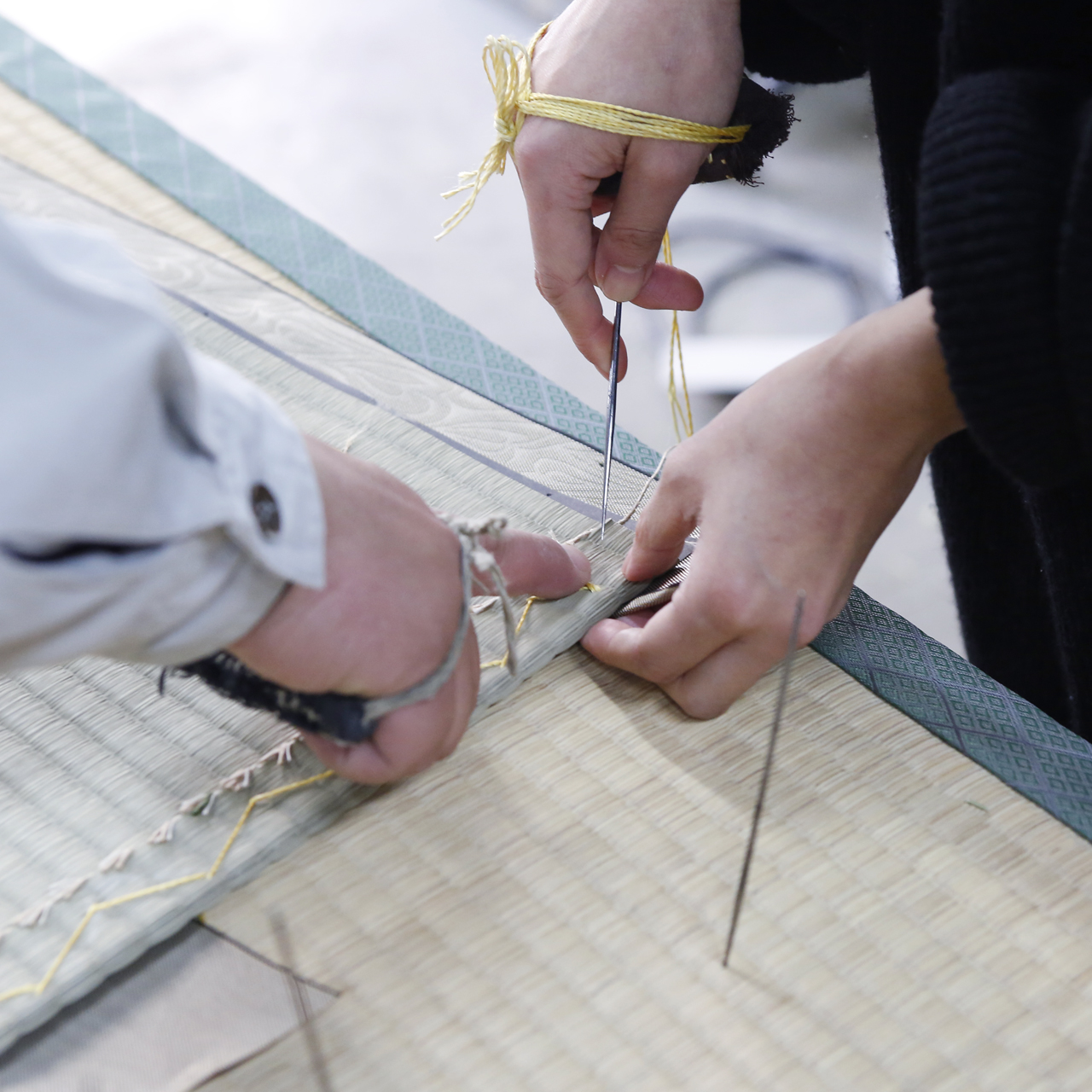

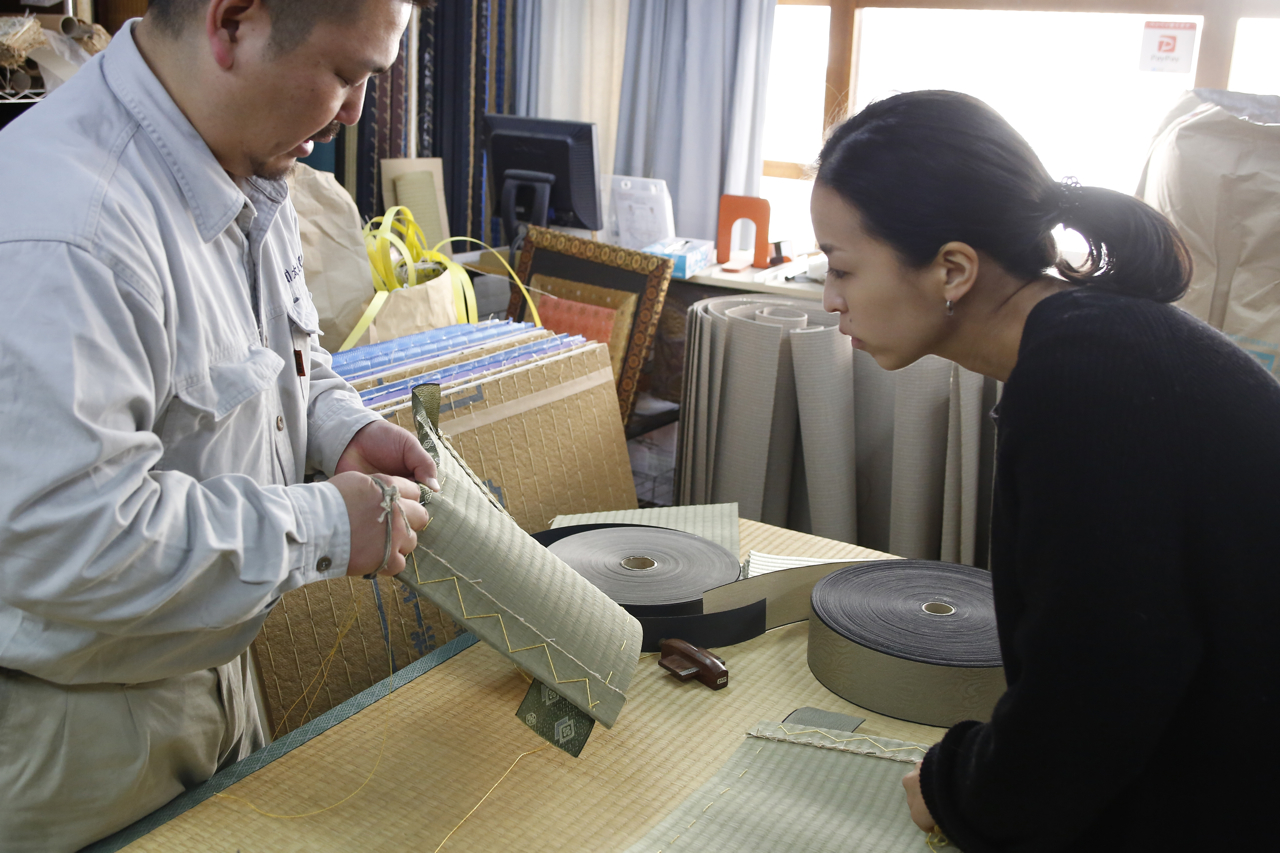
- Natural flooring material that has supported the Japanese people for over 1000 years
-
Tatami is a traditional Japanese flooring type made of natural materials such as bamboo and igusa (reed). Tatami is an integral part of Japanese life and culture, and plays an important role as a central element in Japanese-style rooms such as tea rooms. The Japanese lifestyle of not wearing shoes inside the room is also believed to have originated from the need to keep tatami clean and beautiful. In ancient times, Japan introduced various cultures from China. On the other hand, tatami, which has existed for centuries, is considered to be unique to Japan. Tatami is one of the rarest and most variable traditional crafts that are purely Japanese in origin.
The history of tatami dates back to the Heian period (794-1185). Although tatami-like rugs are mentioned in the Kojiki, a Japanese history book, it is believed that it was during the Heian period (794-1185) that tatami shaped like as it does today. In the old days, tatami was not used to cover an entire room, but was placed on a wooden floor as bedding. Tatami at that time had different thicknesses and edge patterns depending on the status of the person using them, so they were not used by everyone. In 1485, Ashikaga Yoshimasa built a shoin-style building at Jishoji Temple (Ginkakuji Temple), which is said to be the first place tatami was laid. At that time, tatami was still a luxury item, so only the emperor and high-ranking aristocrats used tatami in their daily lives. It was during the Edo period (1603-1868) that tatami spread to the common people. It is said that the culture of laying tatami throughout a room spread to the common people as a result of the tea ceremony culture spread by Sen no Rikyu. Tea rooms where tatami was laid were the only space where farmers, samurai, aristocrats, and other statuses could be equal. Tatami was also highly valued by the people, and various wisdoms were created to use it for a long time. In the late Edo period, "Tatamiya" and "Tatami craftsperson" were born as occupations.
Here, I would like to share with you a peculiar rule to spending time on Tatami. It is taboo to step on the edge of tatami. This comes from the fact that in ancient Japan, it was considered taboo to step on the edges of tatami mats, as the various patterns on the edges represented the rank of the nobility.
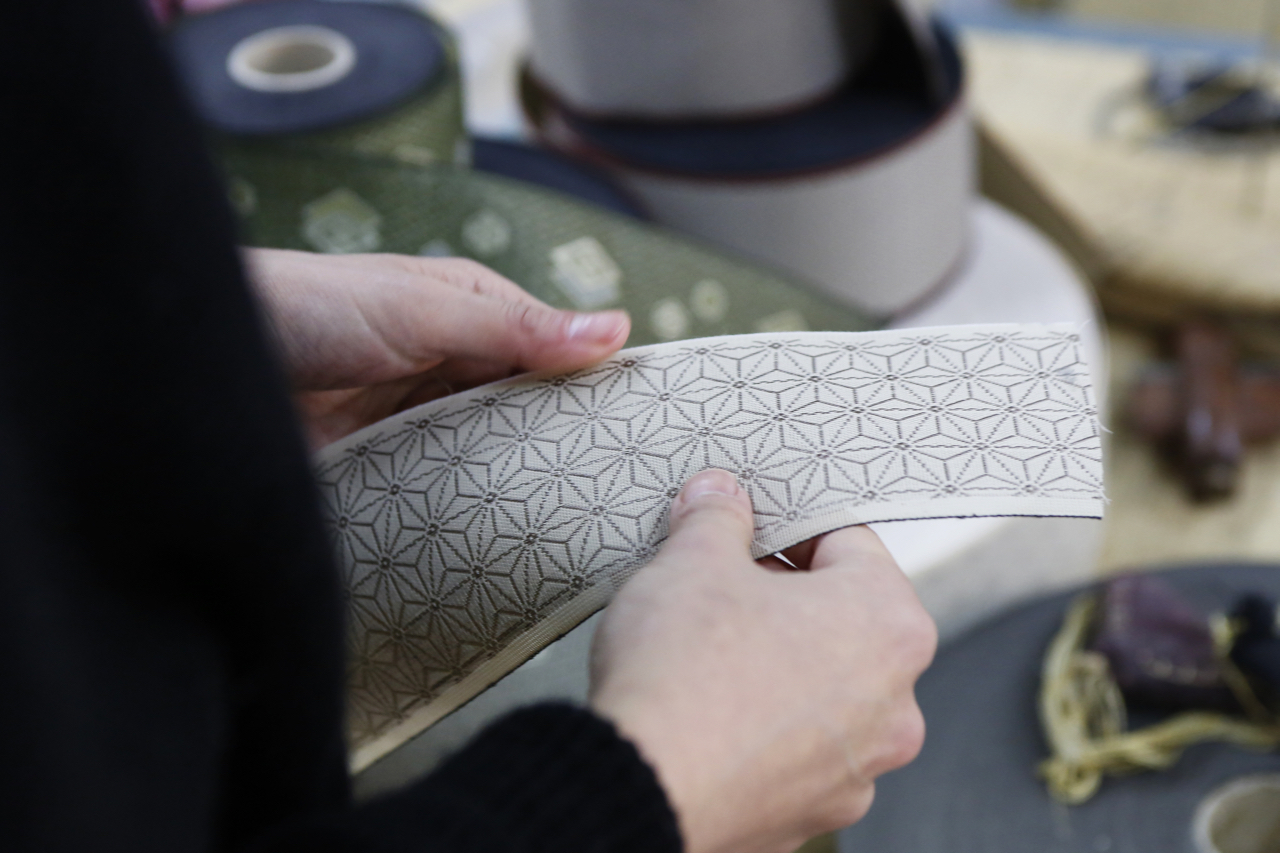
- Kyo-Tatamii craftspeople who can make tatami only by hand
-
The job of a tatami craftspeople is not only to make tatami, but also to measure the dimensions of the room in which the tatami will be placed, and to design and make tatami that is suitable for that room. Tatami craftspeople say that there is no perfectly square room in the world. Tatami is made by slightly adjusting the size of each tatami to fit the slightly different lengths of each side of the room.
Tatami consists of "Tatami-doko," the core of the tatami, "Tatami-omote," the goza covering the surface, and "Tatami-beri," the edge that holds the "Tatami-omote" to the "Tatami-doko." Tatami craftspeople carefully sew them together using thick special needles. Plastic is now used for the tatami-doko, but in the past, compressed straw (straw for a single tatami mat is equivalent to a light truck) was used for the tatami.
Today, most tatami production is done by machine, but in the past, tatami was made by stitching together 5 cm or thicker material with a thick, hard needle. Tatami craftspeople use their entire body to perform this work, which requires great strength and delicacy. The craftspeople of Ohta Tatami who you will visit is one of the few craftspeople who can still finish tatami only by hand sewing.
Tatami becomes dirty as they are used, but tatami can be rejuvenated by turning them over and washing them. Then, by replacing the tatami-omote, you can rejuvenate the tatami again while keeping the tatami-doko.
Tatami-omote used to be made from natural plants called Igusa (reed), but nowadays Japanese paper and other artificial materials are also used.
Ohta Tatami proposes the most suitable materials according to the place where tatami is placed and the living environment of the customers who use them.
- He says
-
“While remembering the essential things that never change, it is important to also incorporate new and changing things. In addition, the fashionable nature of change in pursuit of new taste is the essence of the unchangeable.
As the environment in which tatami is placed in Japan changes drastically, Ohta Tatami is expanding the scope of their production activities, aiming to create a culture that is loved even more.”
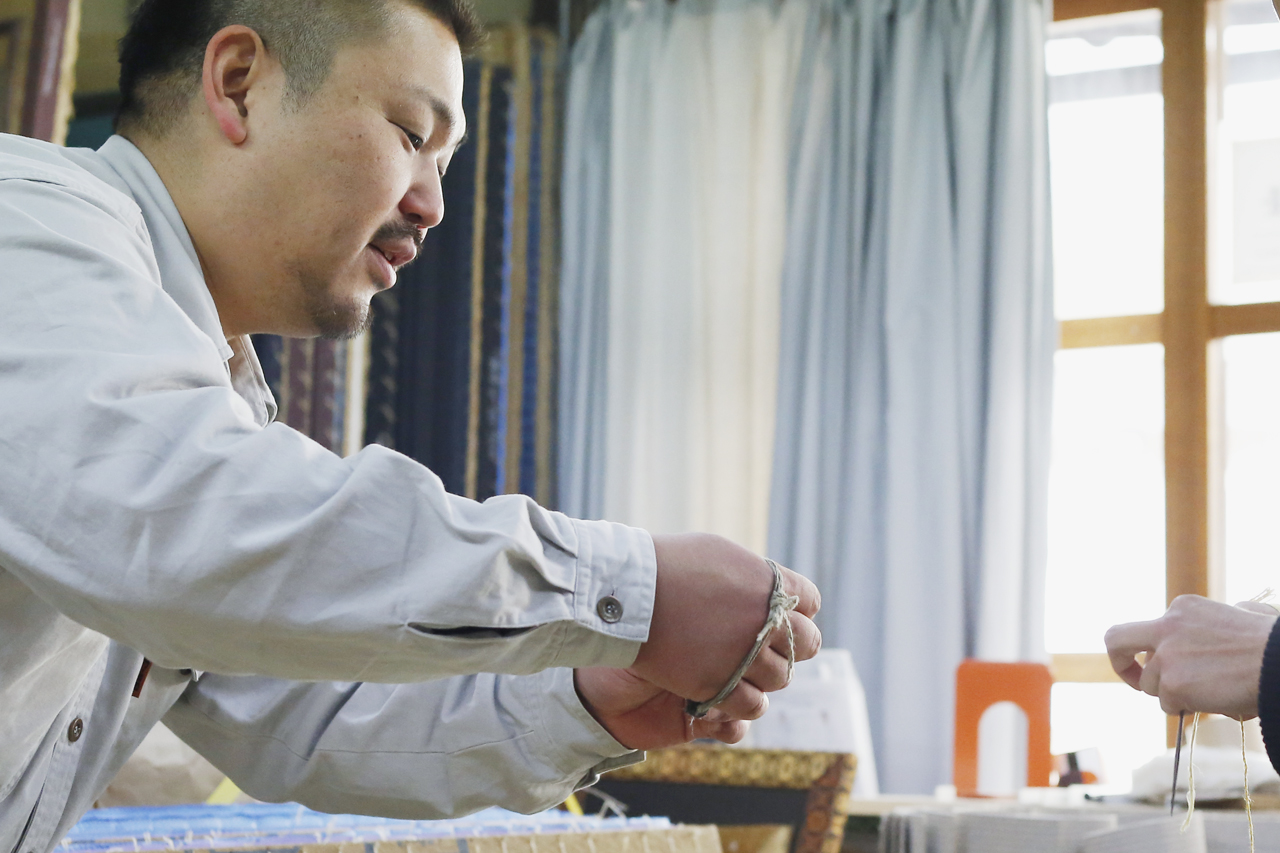
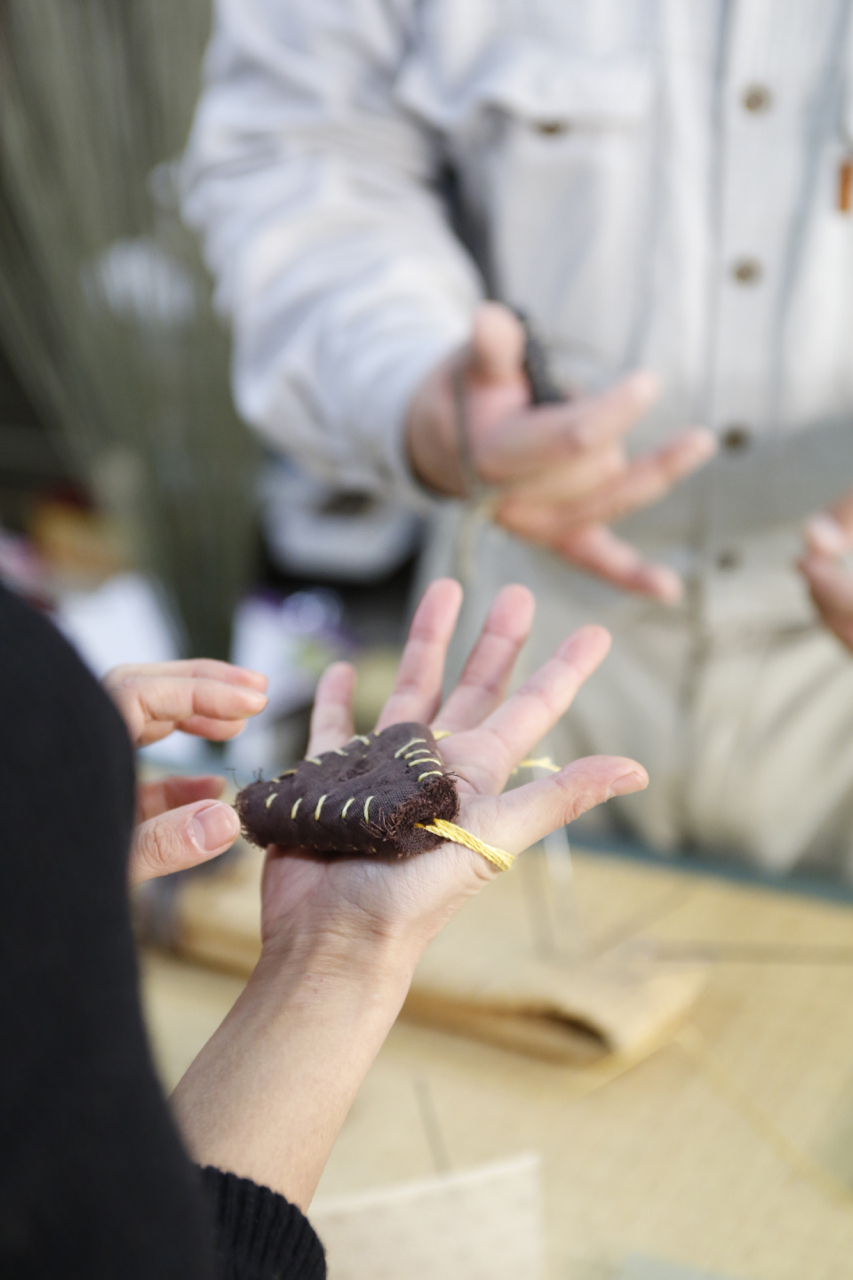
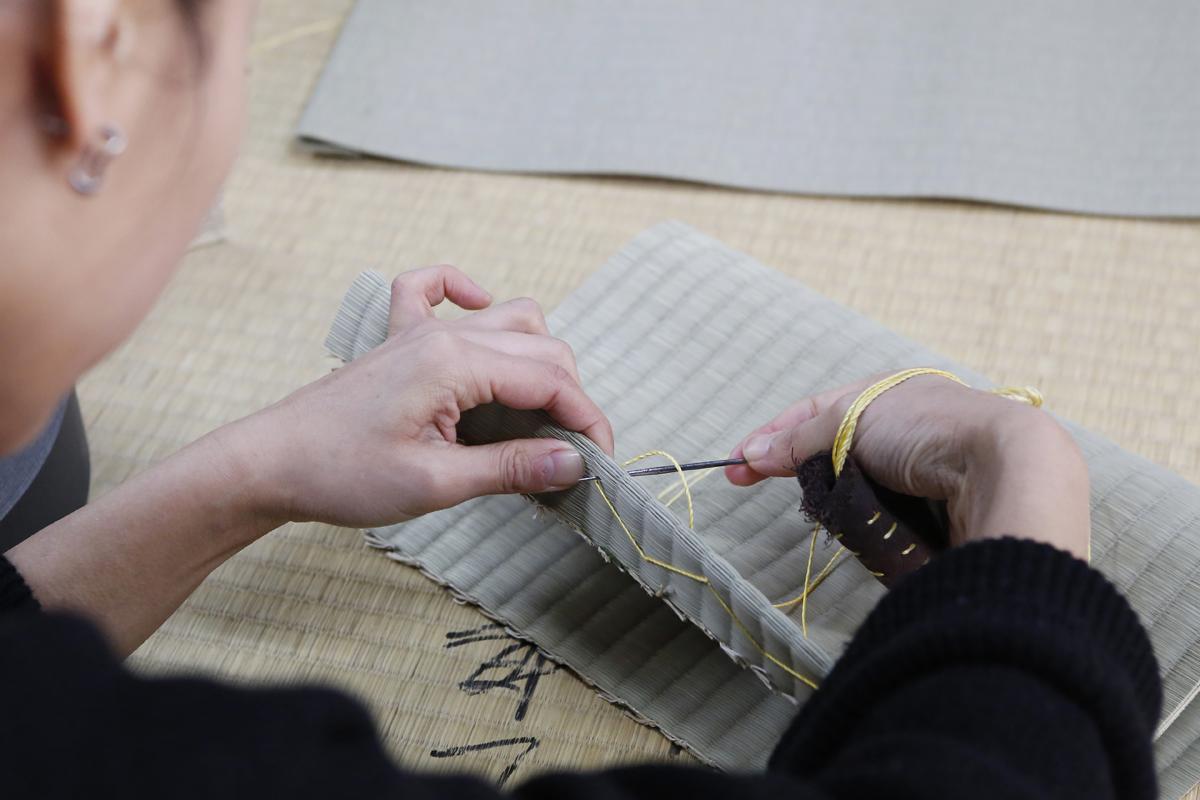
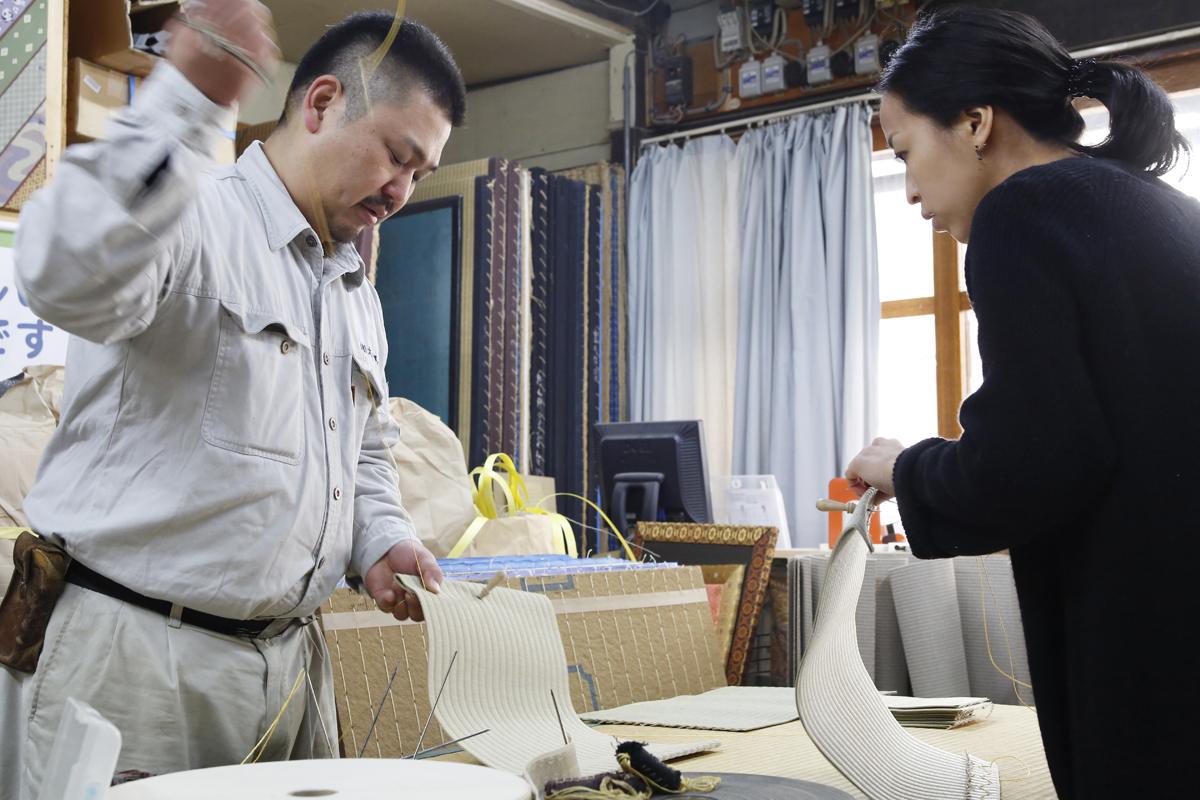
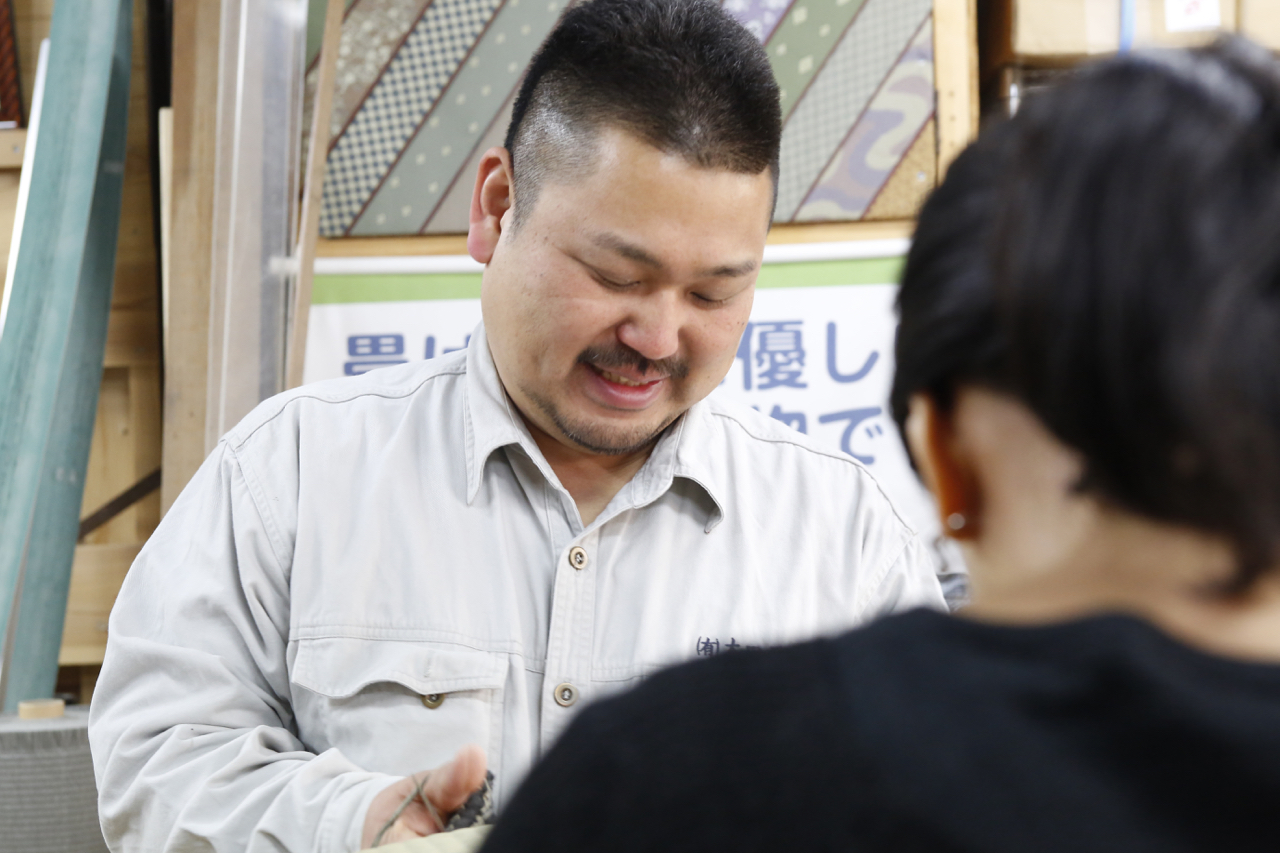

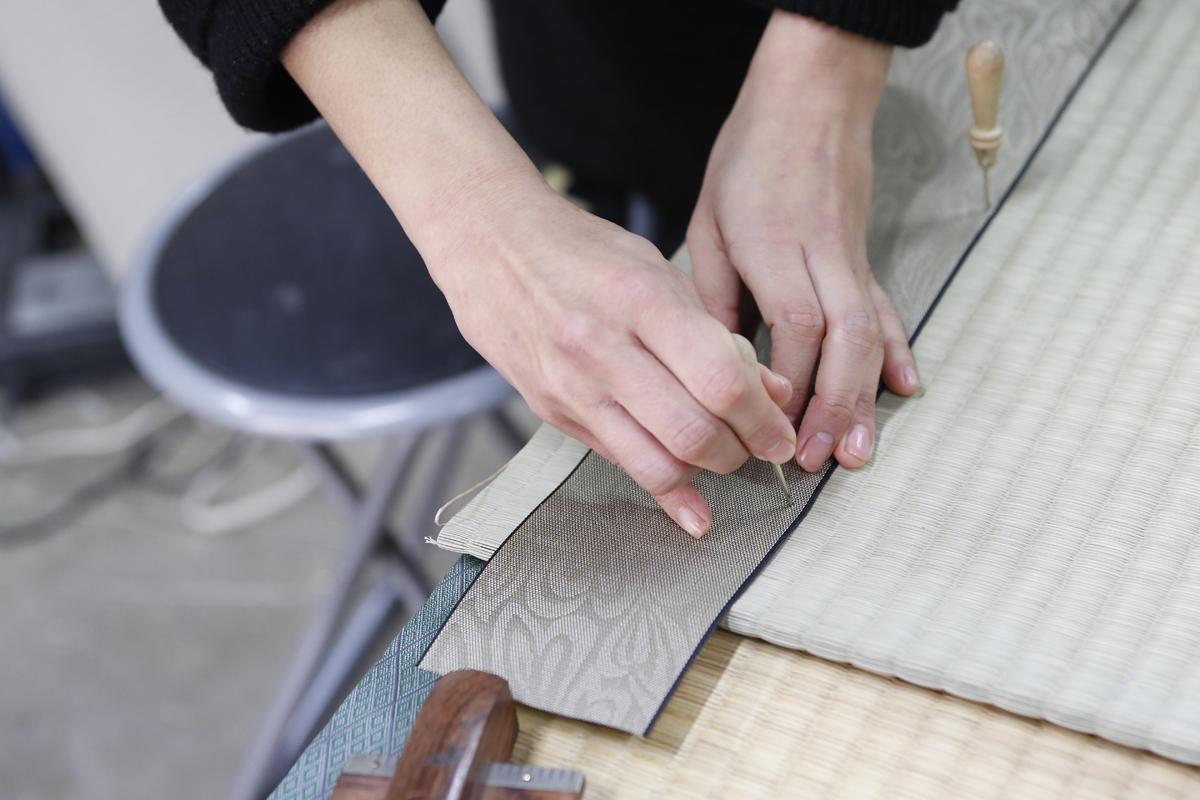
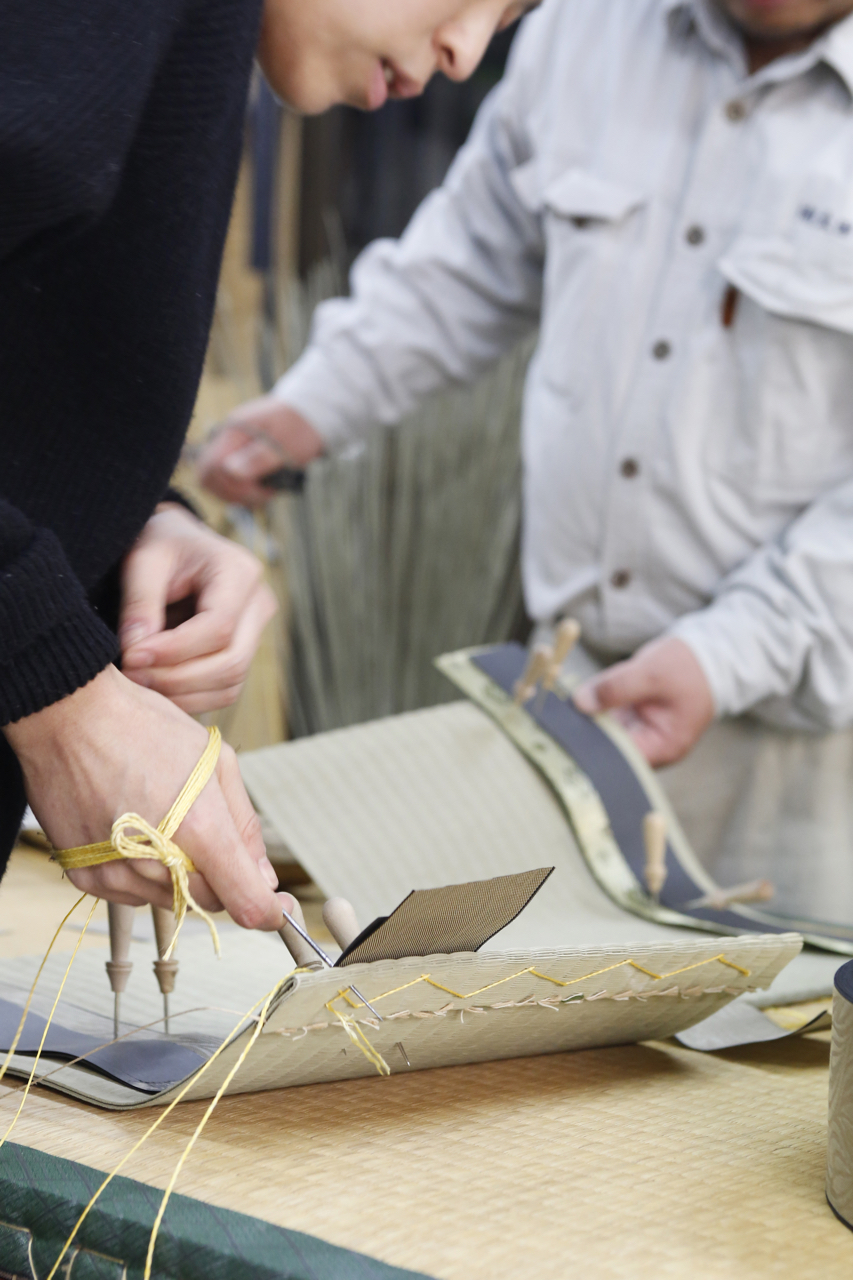
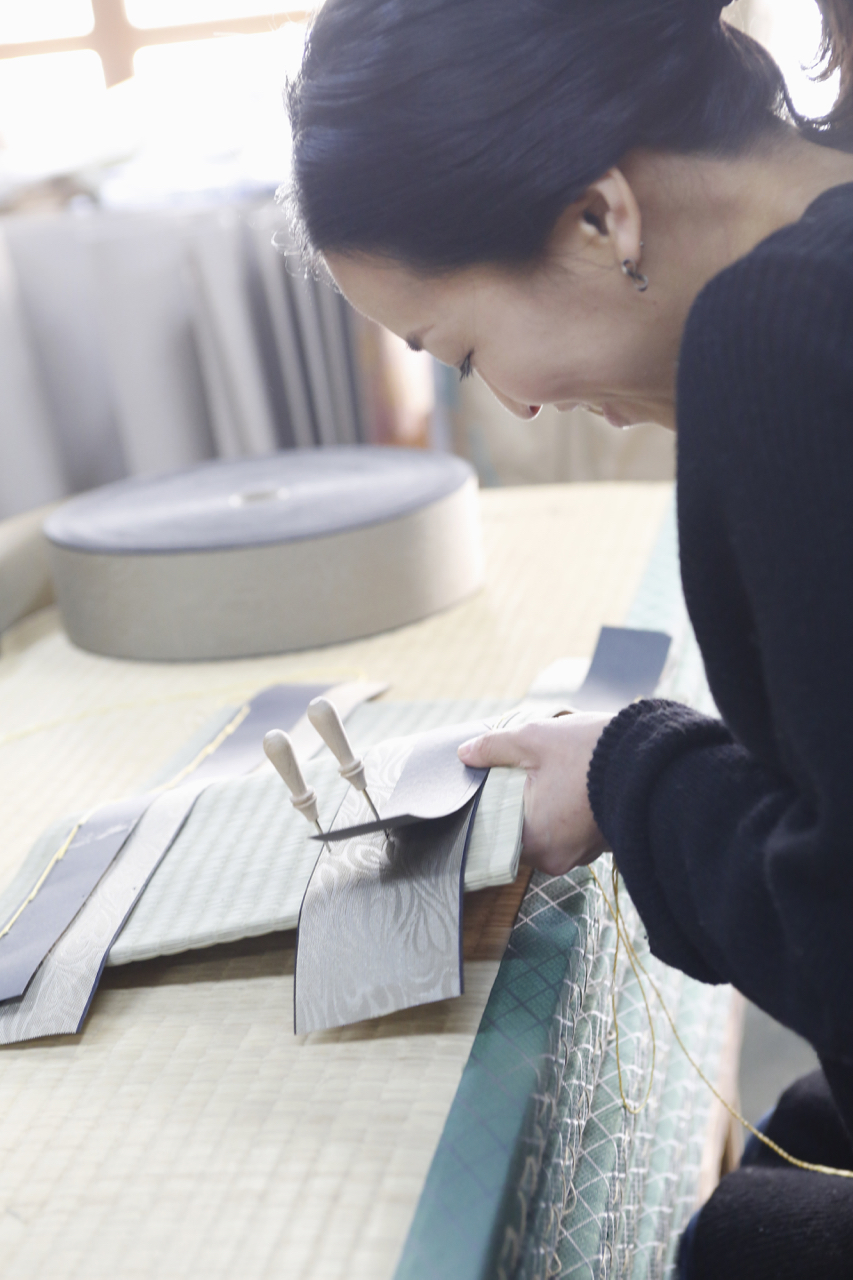
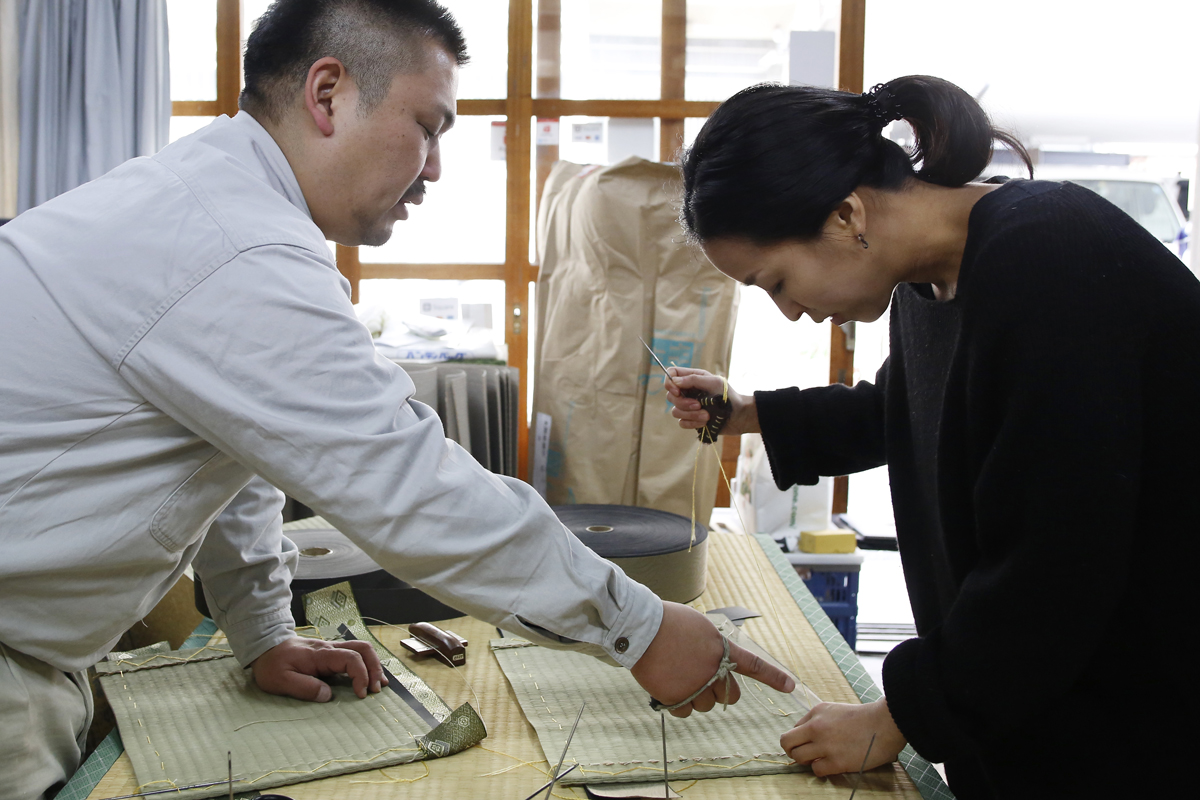
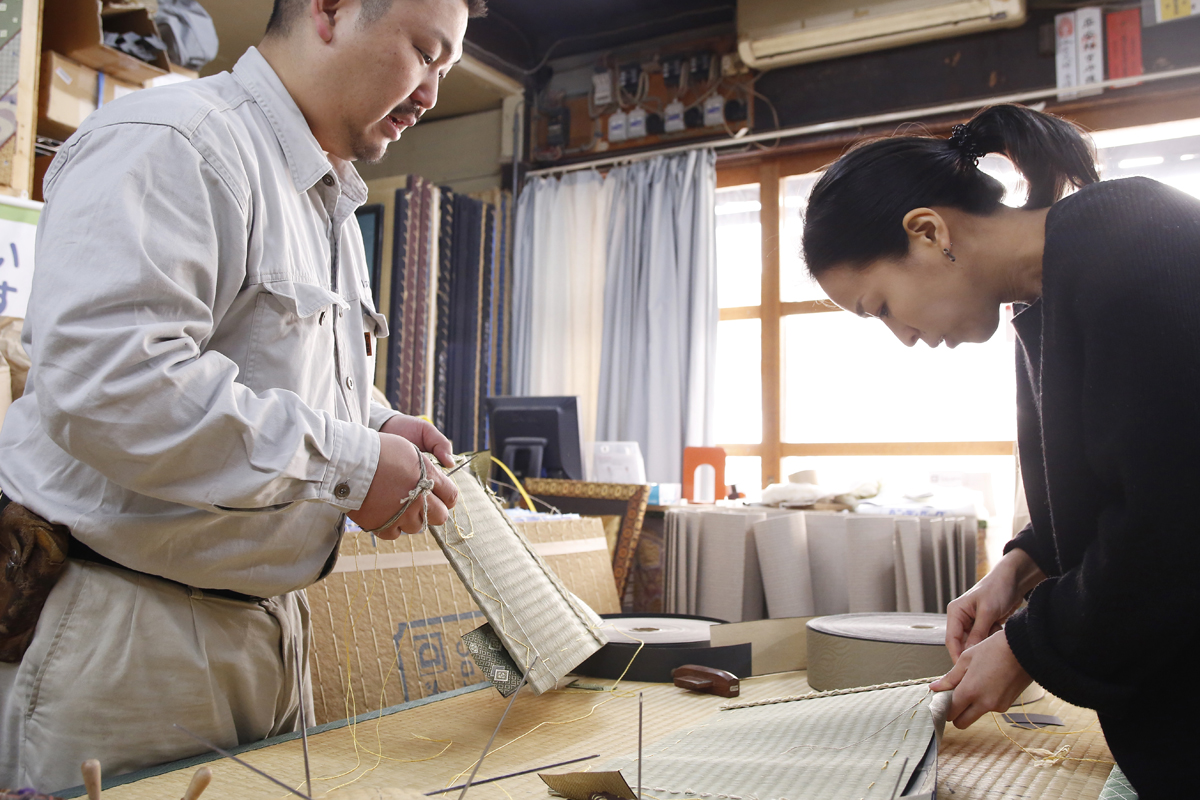
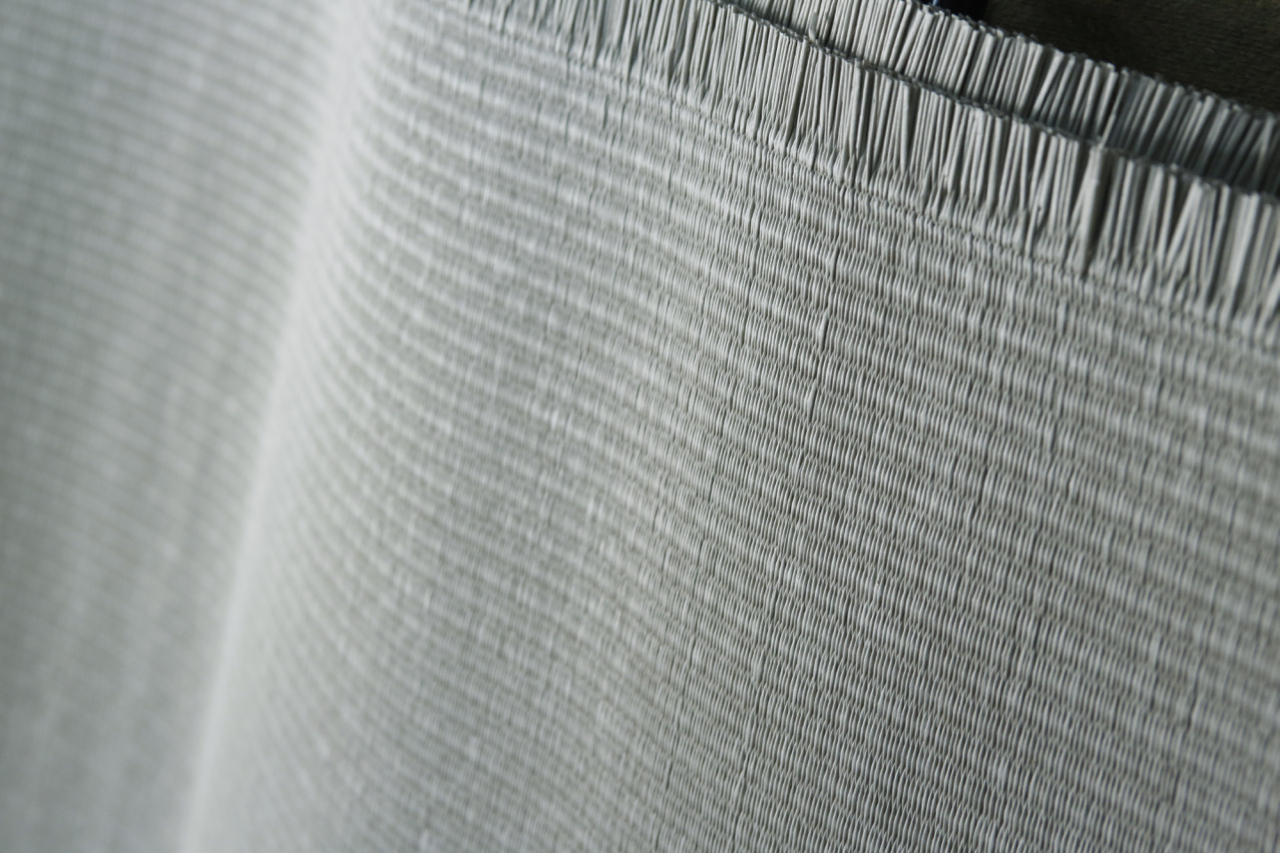
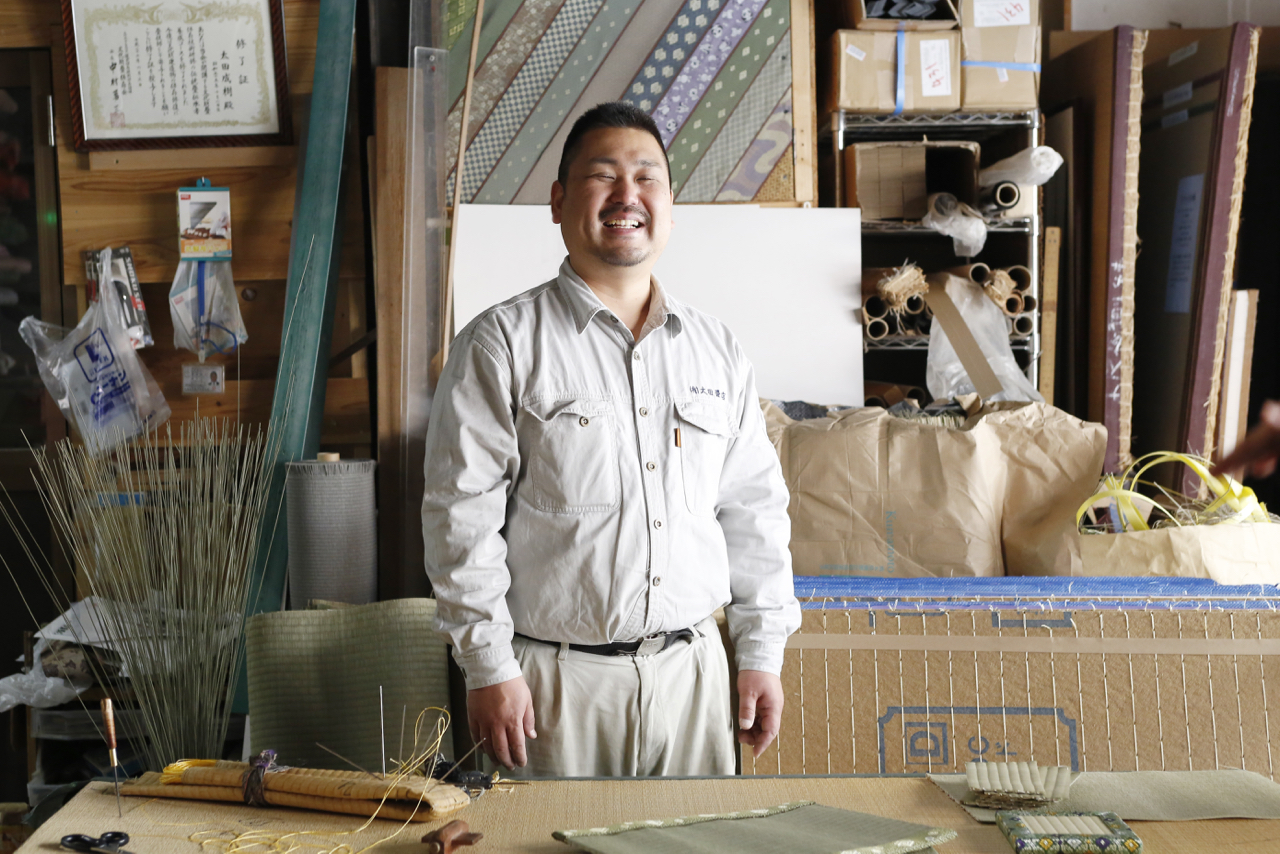
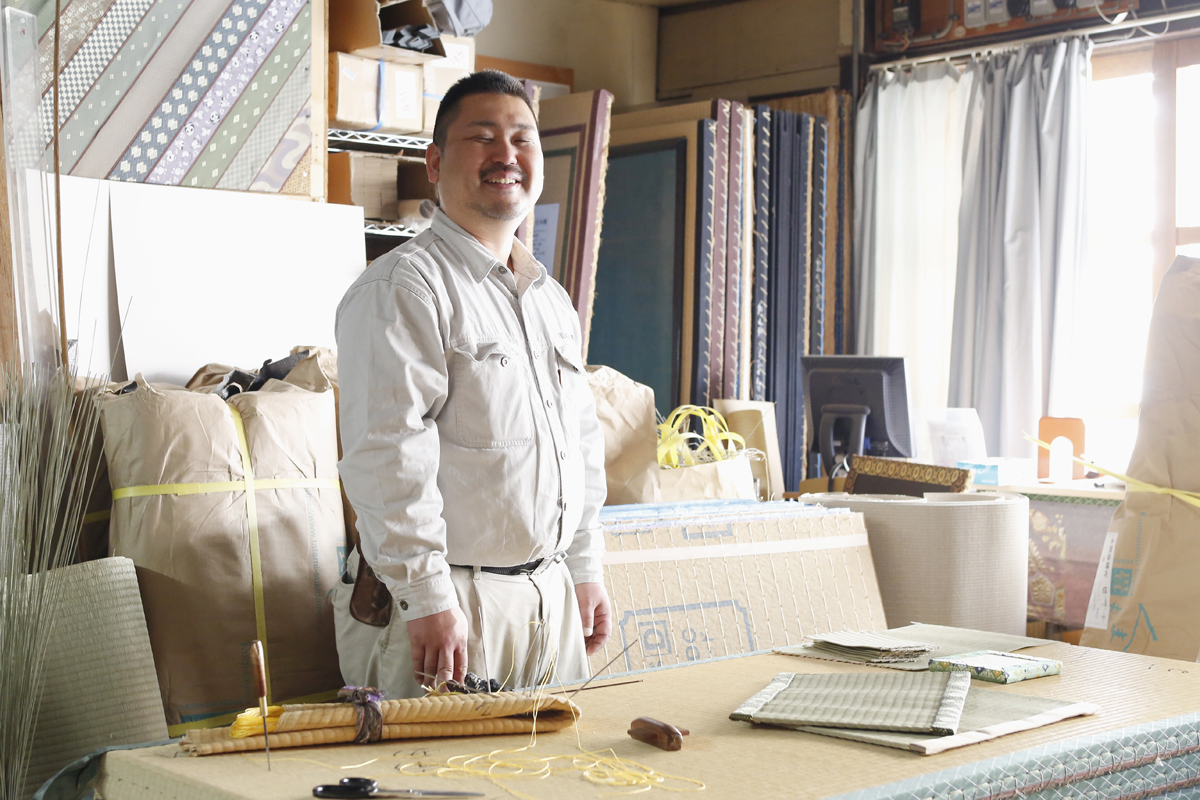
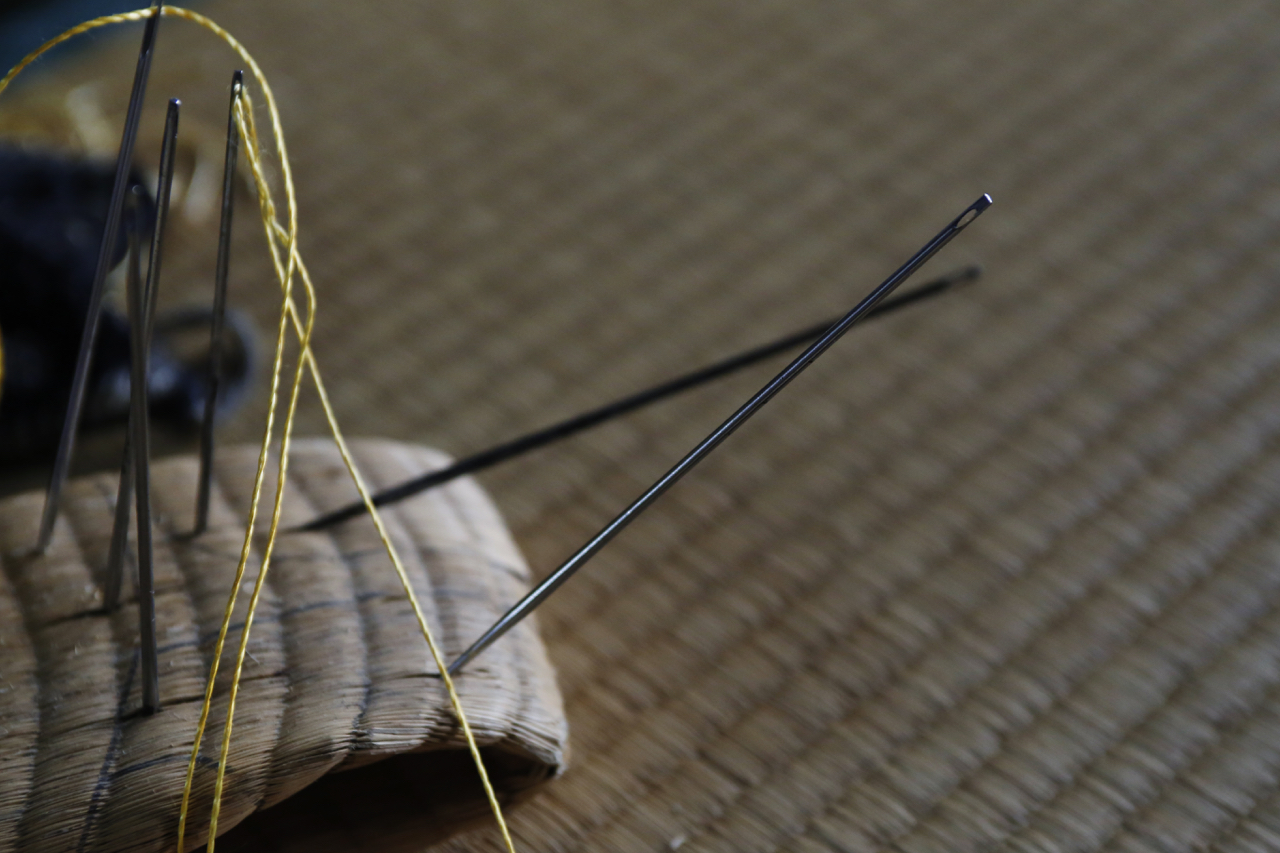
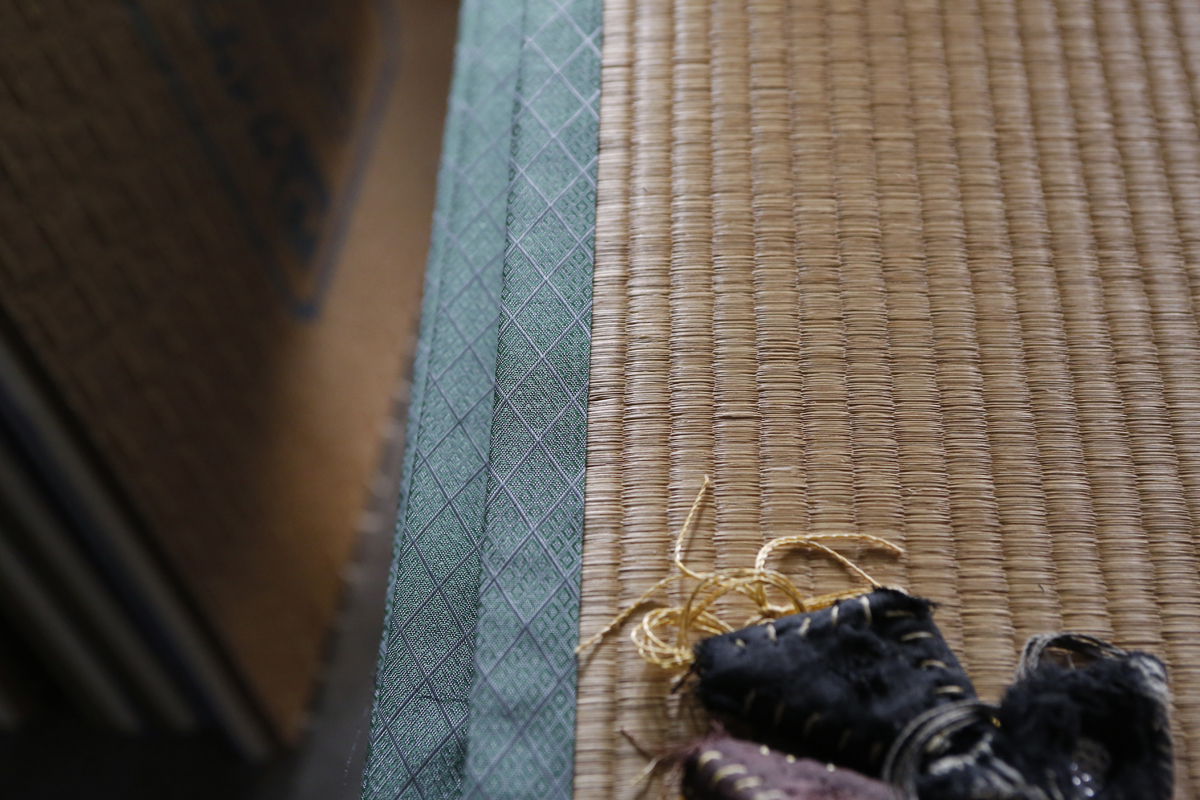
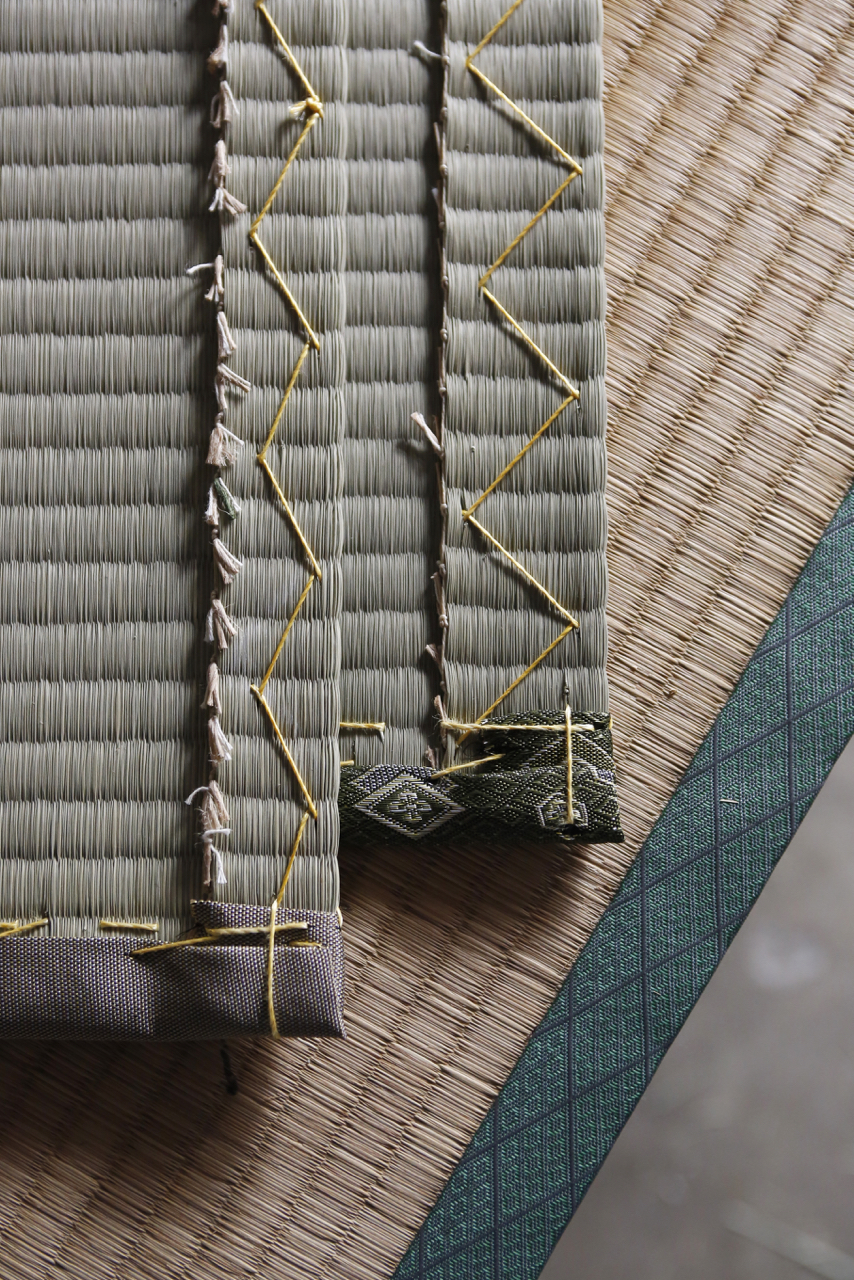
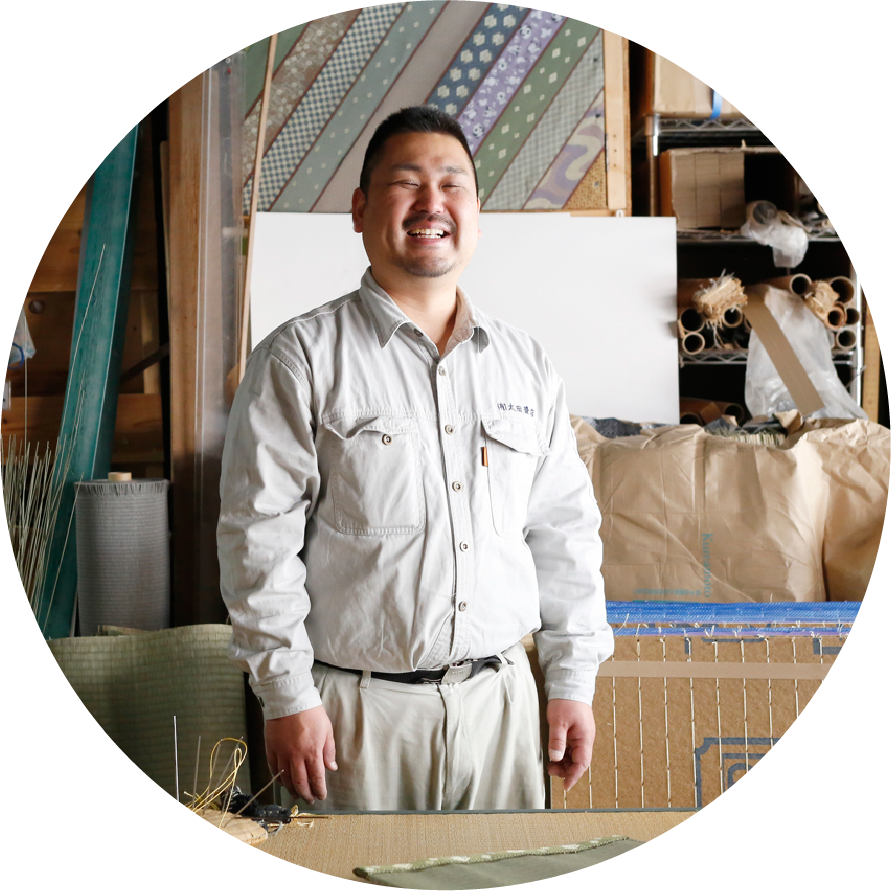
- Kyo-Tatamii craftspeople
- Shigeki Ohta
- Established in 1939. Tatami specialty shop in Nishijin, Kyoto. Ohta Tatami carefully produces tatami made of domestic natural materials one by one by hand. Craftspeople at Ohta Tatami shop are qualified as first-class Tatami production technicians and have certain Tatami making skills.
Access

- Center of Kyoto City (25 mins. /about 2,500 JPY taxi ride from Kyoto Station)

